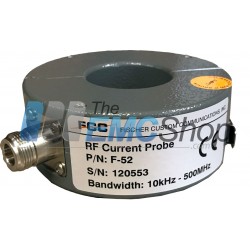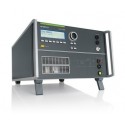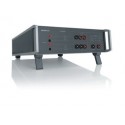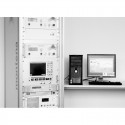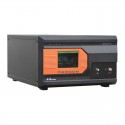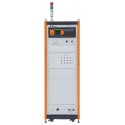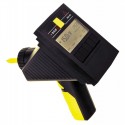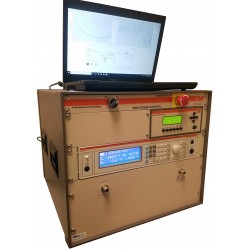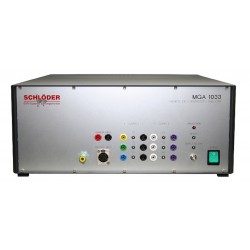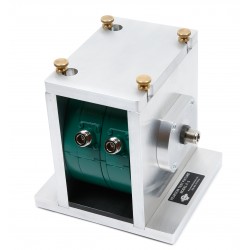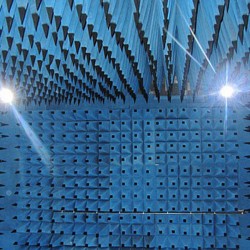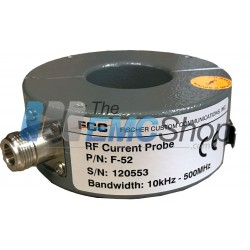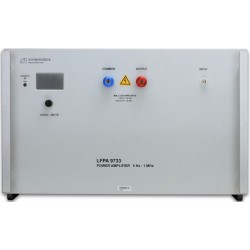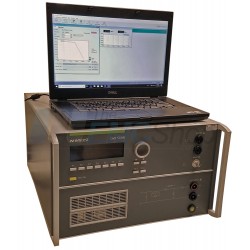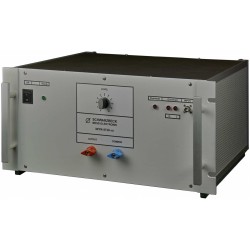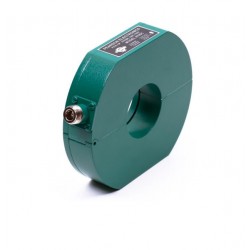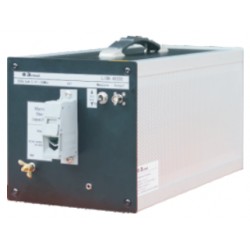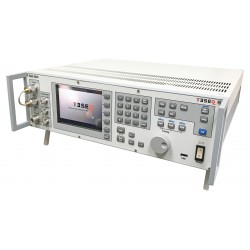CS117 Purpose
Conducted susceptibility, lightning induced transients, cables and power leads.
Military Standard 461 Version G's new section CS 117 requires multiple stroke surge testing using a lightning transient generator. This requirement is similar to the well established RTCA/DO-160 Section 22 lightning immunity test standard.
Test Equipment
The test equipment shall be as follows:
a. Lightning transient generator
b. Injection Transformers
c. Oscilloscope
d. Current monitor probes
e. Attenuators, 50 ohm, as needed on current monitor probes
f. Voltage monitor probes, high impedance
g. Monitor loop, low impedance wire loop
h. Calibration loop, low impedance wire loop
i. Capacitor, >28,000 µF for DC power inputs
j. LISN
Get Application Support, Pricing, Lead Time and More: Contact Form
